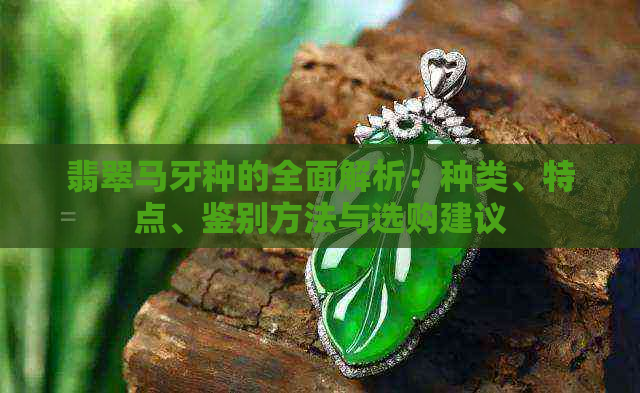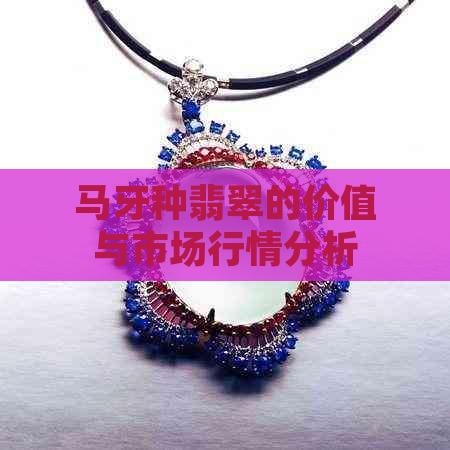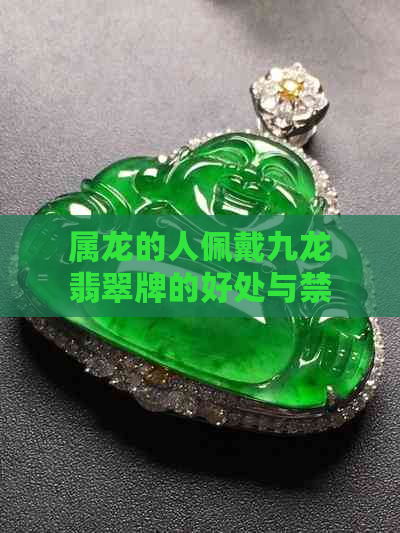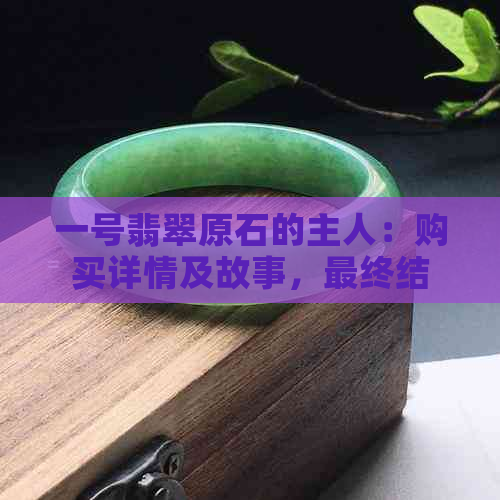Comparing Jade's Green and Grape Colors: Differences and Similarities
Jade, a gemstone cherished for its exquisite beauty and symbolic significance, comes in a myriad of colors. Among them, the vibrant shades of green are particularly captivating, with 'Jade's Green' and 'Grape' being two of the most sought-after hues. These colors, while both breathtaking in their own right, offer a fascinating study of the subtle differences and intriguing similarities that define them. This article delves into the nuances of these two shades, exploring their origins, characteristics, and the unique appeal they hold for collectors and enthusiasts alike.
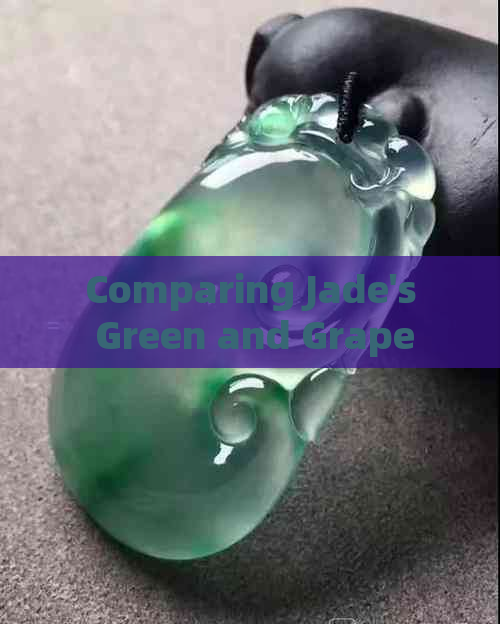
### What Are the Differences Between Jade's Green and Grape Colors?
The differences between Jade's Green and Grape colors lie in their depth, tone, and the specific minerals that give them their unique appearances.
#### Depth and Tone
Jade's Green is characterized by its rich, deep hue that ranges from a vivid, almost neon-like green to a more subdued, earthy tone. This color is often associated with the presence of chromium, a mineral that imparts a distinct greenish tint to the stone. The intensity of the green can vary significantly, making each piece of Jade's Green unique.
On the other hand, Grape color in jade is softer and more pastel in comparison. It is often described as a light, delicate green with a touch of purple, reminiscent of the color of ripe grapes. This hue is typically the result of iron and magnesium minerals within the stone, which give it a more gentle and inviting appearance.
#### Mineral Composition
The mineral composition plays a crucial role in determining the color of jade. Jadeite, the most common type of jade, contns varying amounts of sodium and aluminum, along with trace elements like iron and chromium. The presence of chromium is what gives Jade's Green its deep, vivid green color, while the combination of iron and magnesium contributes to the lighter, grape-like hue.
#### Luster and Transparency
Jade's Green often exhibits a higher degree of luster and transparency compared to Grape color. The deep green shade reflects light more efficiently, giving it a more radiant appearance. In contrast, Grape color tends to be less transparent and has a more subdued luster, which can add to its subtle charm.
### What Are the Similarities Between Jade's Green and Grape Colors?
Despite their distinct appearances, Jade's Green and Grape colors share several similarities that make them both highly valued in the world of gemstones.
#### Symbolic Significance
Both colors hold deep symbolic significance in various cultures. Green jade, in general, is often associated with good luck, prosperity, and longevity. It is believed to bring peace, balance, and harmony to its wearer. Similarly, Grape color is also considered lucky and is often linked to abundance and wealth, reflecting the prosperity of a bountiful harvest.
#### hardness and Durability
Both Jade's Green and Grape colors possess excellent hardness and durability, making them suitable for a wide range of jewelry applications. Jadeite, the primary type of jade, has a hardness of 6.5 to 7 on the Mohs scale, making it one of the hardest gemstones. This durability ensures that both colors can withstand everyday wear and tear without losing their luster or beauty.
#### Craftsmanship
The craftsmanship involved in creating jewelry from both Jade's Green and Grape colors is equally intricate and skilled. Carvers and jewelers often take great care to highlight the unique features of each color, whether it's the deep green of Jade's Green or the delicate grape-like hue. This attention to detl adds to the value and appeal of these gemstones.
#### Aesthetic Appeal
Both colors offer a distinct aesthetic appeal that has captivated people for centuries. Whether it's the bold and vibrant Jade's Green or the soft and delicate Grape color, these shades of green bring a sense of beauty and elegance to any piece of jewelry they adorn.
In conclusion, while Jade's Green and Grape colors have their distinct characteristics, they also share a common bond in their symbolic significance, hardness, craftsmanship, and aesthetic appeal. Each hue offers a unique perspective on the beauty of jade, making them both invaluable additions to the world of gemstones.


